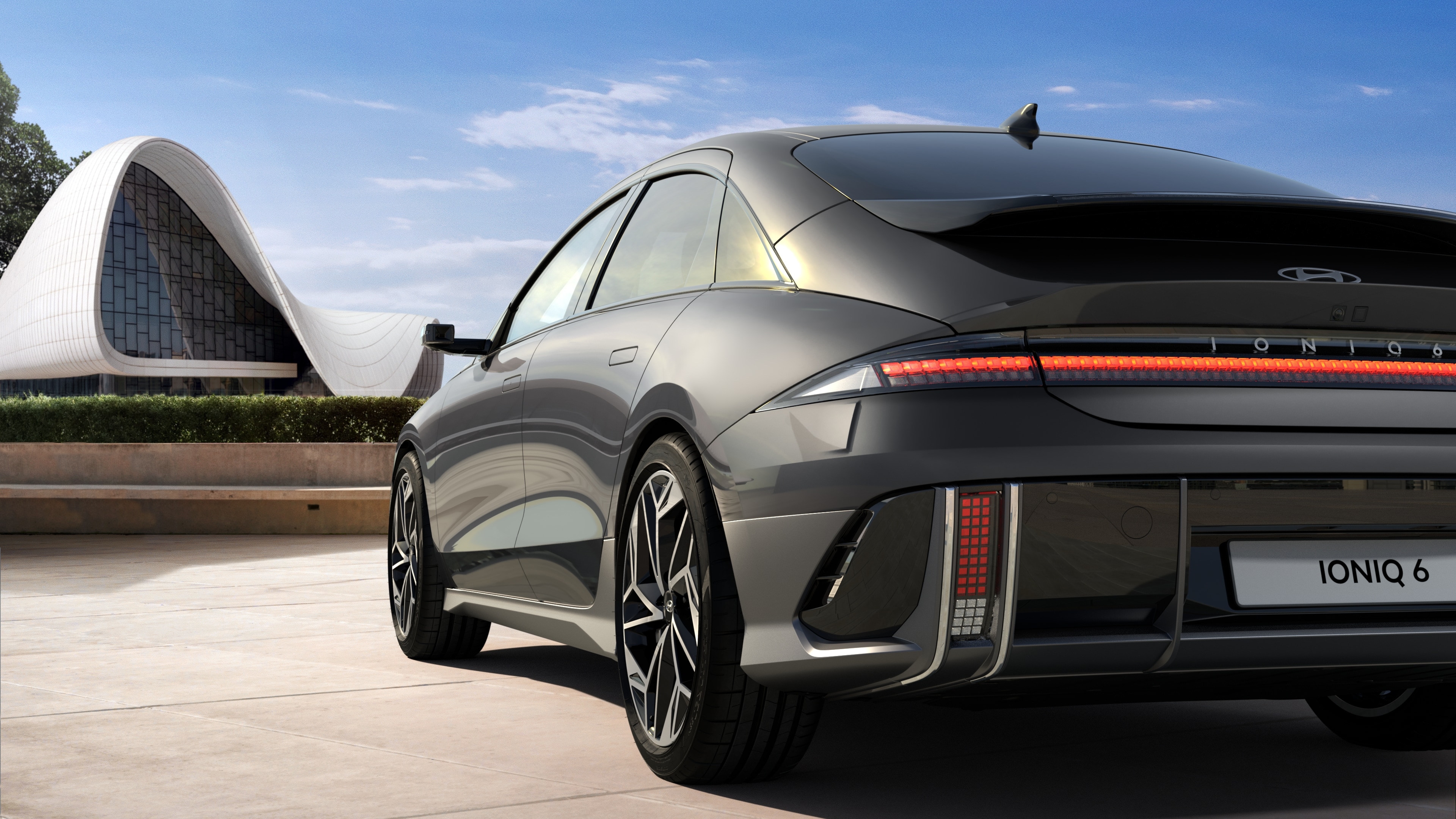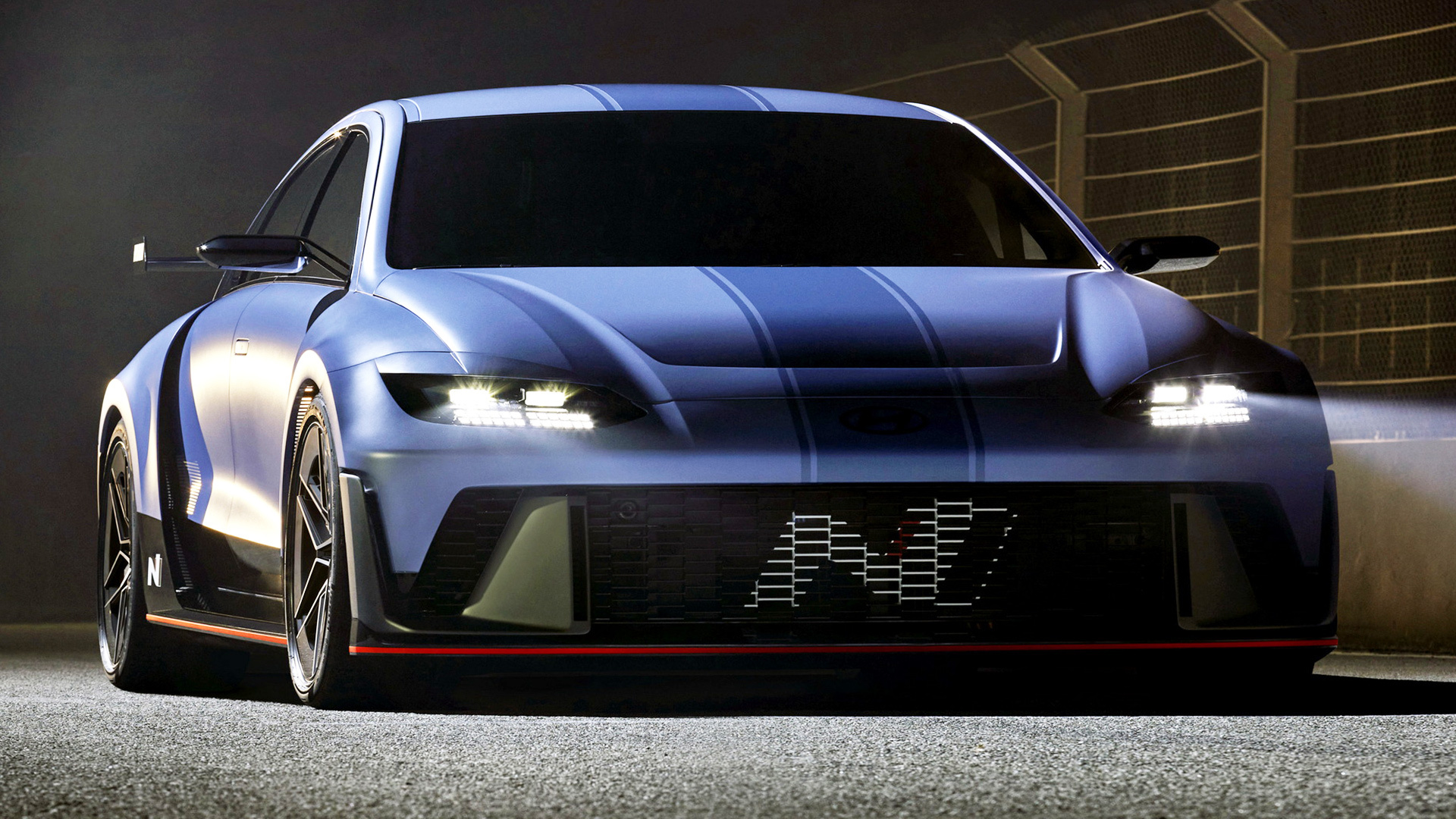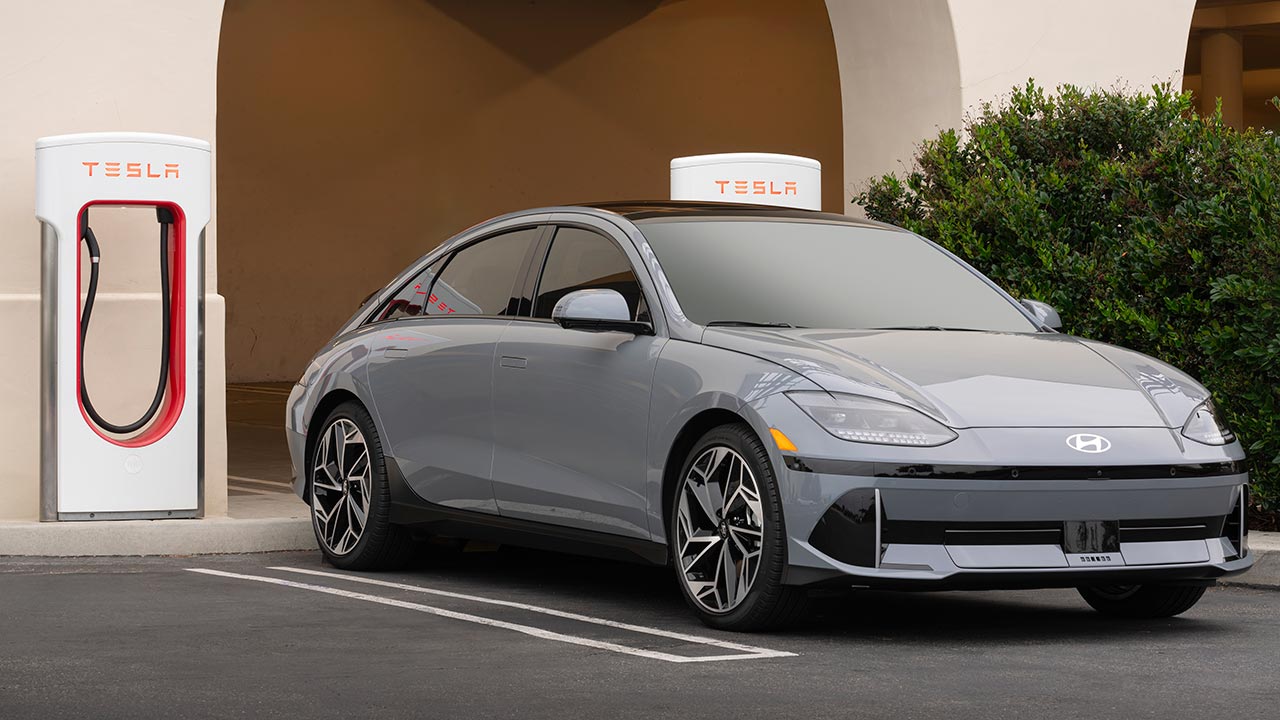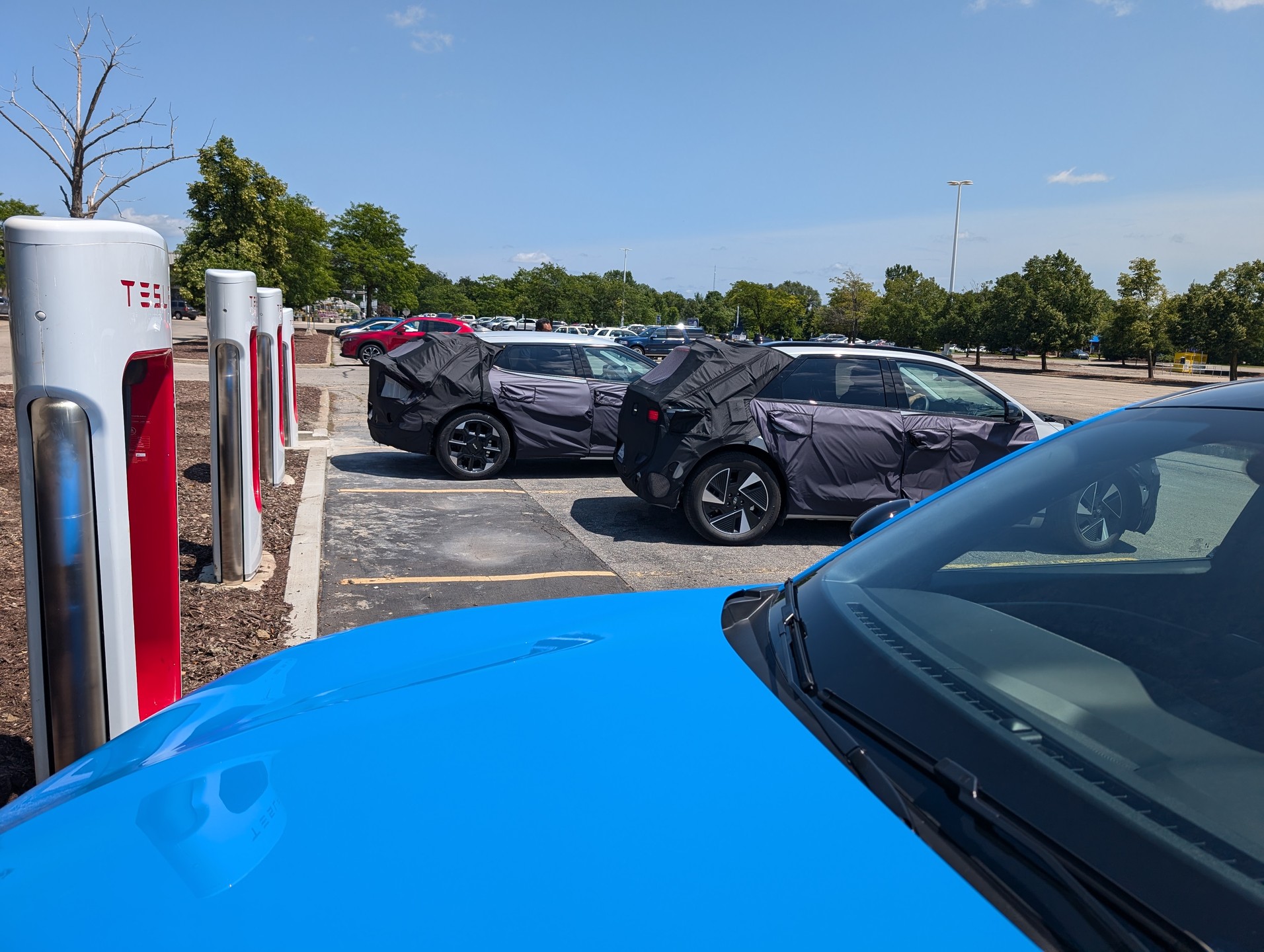The Future Of Charging: Examining The Potential Of The 2025 Hyundai Ioniq 6 With NACS Connector
The Future of Charging: Examining the Potential of the 2025 Hyundai Ioniq 6 with NACS Connector
The Future of Charging: Examining the Potential of the 2025 Hyundai Ioniq 6 with NACS Connector
Introduction
With great pleasure, we will explore the intriguing topic related to The Future of Charging: Examining the Potential of the 2025 Hyundai Ioniq 6 with NACS Connector. Let’s weave interesting information and offer fresh perspectives to the readers.
Table of Content
The Future of Charging: Examining the Potential of the 2025 Hyundai Ioniq 6 with NACS Connector
:format(webp)/cdn.vox-cdn.com/uploads/chorus_asset/file/24625834/236637_Hyundai_Ioniq_6_PGeorge_0020.jpg)
The automotive industry is rapidly transitioning towards electric vehicles, and with this shift comes a growing need for a standardized and efficient charging infrastructure. While the current landscape features a diverse array of charging connectors, the future may hold a more streamlined approach, with the North American Charging Standard (NACS) emerging as a potential frontrunner.
Hyundai, a leading player in the electric vehicle market, has indicated its commitment to embracing this evolving landscape. While the 2023 model year Ioniq 6, Hyundai’s sleek and aerodynamic electric sedan, is currently equipped with the Combined Charging System (CCS) connector, speculation suggests that the 2025 model year could feature the NACS connector, a move that could significantly impact the charging experience for Hyundai EV owners.
Understanding the NACS Connector
The NACS connector, developed by Tesla, is a proprietary charging standard that has gained significant traction in the North American market. Its adoption by companies like Ford, General Motors, and Rivian signifies a potential shift towards a unified charging ecosystem.
NACS boasts several advantages over existing standards:
- Increased Power Delivery: NACS connectors are capable of handling higher power outputs, enabling faster charging times for electric vehicles. This translates to less time spent at charging stations, enhancing the convenience of EV ownership.
- Simpler Design: The NACS connector features a simpler and more robust design compared to CCS, leading to greater reliability and potentially lower manufacturing costs.
- Wider Availability: With Tesla’s extensive Supercharger network and the growing adoption of NACS by other automakers, drivers will have access to a wider range of charging options, minimizing range anxiety and maximizing charging convenience.
The Potential Impact on the 2025 Hyundai Ioniq 6
The adoption of NACS by Hyundai, specifically on the 2025 Ioniq 6, could have several significant implications:
- Enhanced Charging Experience: Owners of the 2025 Ioniq 6 with NACS would benefit from faster charging speeds, enabling them to replenish their battery quickly and efficiently. This could significantly improve the practicality of long-distance journeys, making electric vehicles a more appealing option for a wider range of drivers.
- Increased Compatibility: The NACS connector would offer greater compatibility with Tesla’s Supercharger network, a key advantage for Hyundai EV owners. This would provide access to a vast and rapidly expanding charging infrastructure, enhancing the overall driving experience.
- Potential Cost Savings: The adoption of NACS could potentially lead to cost savings for Hyundai, as the simplified design and increased production volume could translate to lower manufacturing costs. These savings could be passed on to consumers, making the Ioniq 6 more affordable.
Exploring the Potential of the 2025 Hyundai Ioniq 6 with NACS
While the adoption of NACS for the 2025 Ioniq 6 remains speculative, its potential impact on the charging landscape and the overall EV ownership experience is undeniable.
FAQs Regarding the 2025 Hyundai Ioniq 6 with NACS:
- Will the 2025 Ioniq 6 with NACS be compatible with CCS charging stations? It is unclear whether the 2025 Ioniq 6 with NACS will retain CCS compatibility. Hyundai has not yet confirmed its plans for the future charging infrastructure of its vehicles.
- Will the 2025 Ioniq 6 with NACS be available in all markets? The availability of the 2025 Ioniq 6 with NACS will depend on the adoption of NACS in different regions. Currently, NACS is primarily focused on the North American market.
- What are the potential drawbacks of NACS adoption? The transition to a new charging standard could potentially create challenges for existing charging infrastructure and require significant investment to upgrade existing stations. Additionally, the proprietary nature of NACS could raise concerns about competition and innovation within the charging industry.
Tips for Owners of the 2025 Hyundai Ioniq 6 with NACS:
- Stay Informed: Monitor news and updates from Hyundai and other automakers regarding the adoption of NACS and its impact on charging infrastructure.
- Utilize Available Resources: Explore online resources and forums to learn more about NACS charging stations, their locations, and any potential compatibility issues.
- Plan Your Journeys: Consider the availability of NACS charging stations along your planned routes to ensure a smooth and convenient driving experience.
Conclusion:
The potential adoption of NACS by Hyundai on the 2025 Ioniq 6 represents a significant development in the electric vehicle landscape. While the future of charging standards remains uncertain, NACS presents a compelling alternative with the potential to revolutionize the charging experience for EV owners. The benefits of faster charging, increased compatibility, and potential cost savings could make the 2025 Ioniq 6 with NACS a highly attractive option for drivers seeking a seamless and efficient electric driving experience. The next few years will be crucial in determining the ultimate impact of NACS on the automotive industry and its role in shaping the future of electric mobility.
:format(webp)/cdn.vox-cdn.com/uploads/chorus_asset/file/24625840/236637_Hyundai_Ioniq_6_PGeorge_0028.jpg)







Closure
Thus, we hope this article has provided valuable insights into The Future of Charging: Examining the Potential of the 2025 Hyundai Ioniq 6 with NACS Connector. We hope you find this article informative and beneficial. See you in our next article!